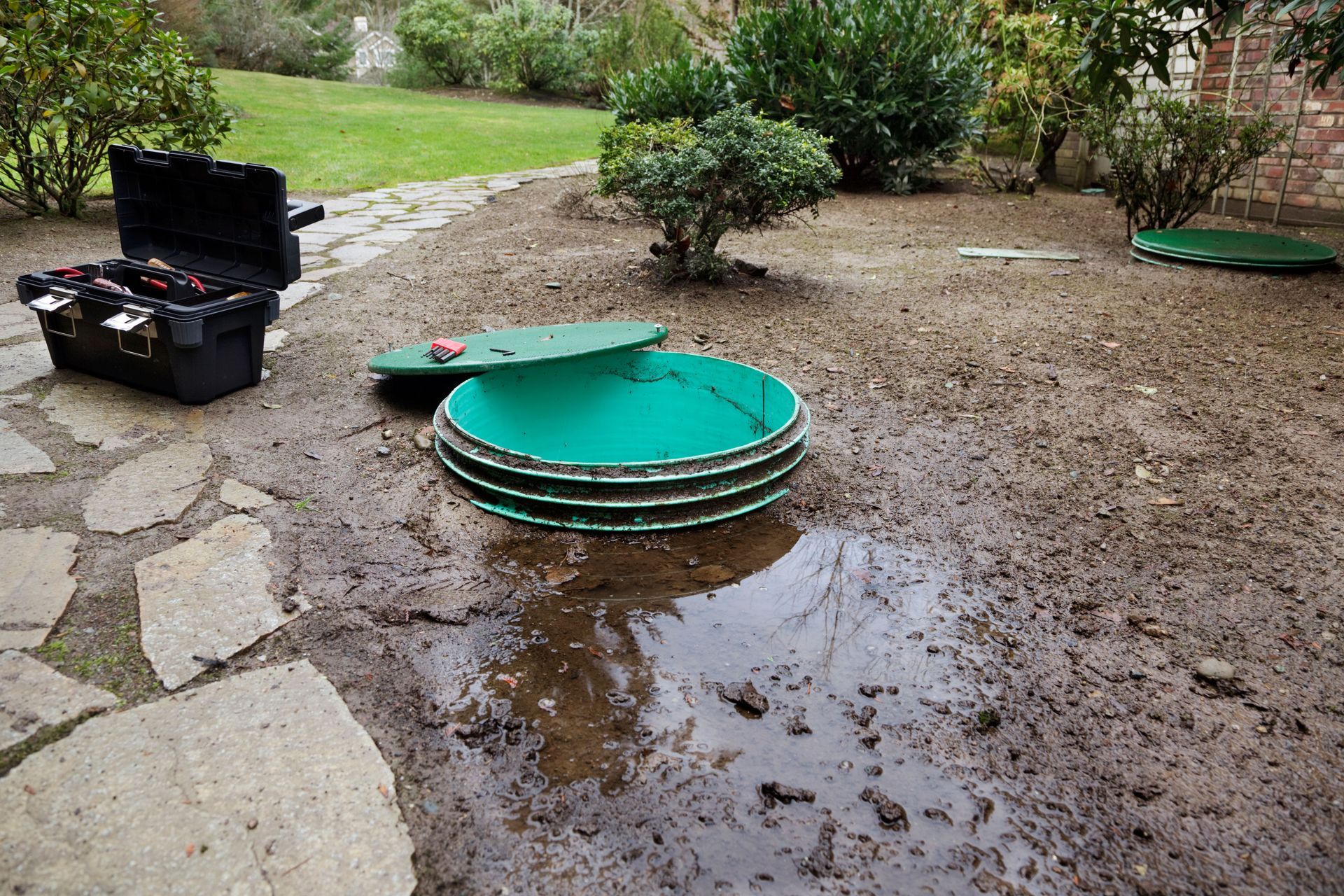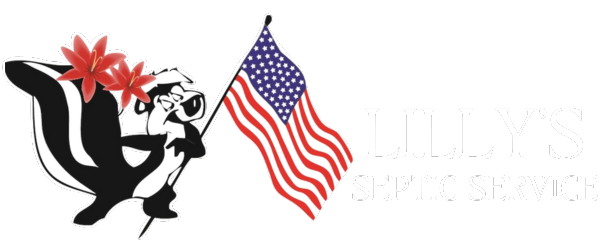Financial Considerations of Local Septic Tank Installations
Installing a septic tank is a significant decision for homeowners who aren't connected to a municipal sewage system. While it offers the independence of managing waste treatment on-site, it also demands an initial investment and ongoing maintenance. Understanding the financial aspects can help to plan for both the upfront costs and the necessary long-term expenses. Let's dive into the factors that influence the cost of a local septic tank installation and what homeowners should consider financially.
Consider the Initial Cost
The initial cost of a septic tank system is one of the primary considerations. Depending on factors such as tank material, system type, and the complexity of installation, the price can vary widely. According to Modernize, septic tanks tend to range from $3,000 to $10,000, with an average national cost of $6,000. This range is reflective of the diversity in system specifications and site requirements, including soil conditions and the size of the household, which can all significantly impact the total cost.
Consider the Ongoing Maintenance
Aside from the initial purchase and septic tank installation, ongoing maintenance costs must be factored into the financial equation. Regular inspections, pumping, and potential repairs are necessary to ensure the proper functioning of the septic system. Typically, pumping should be done every three to five years, with costs ranging from $250 to $500 per session. Skimping on maintenance can lead to system failures, which can be much more costly to repair and could even necessitate a complete replacement.
Consider Local Regulations and Permits
Local regulations and permitting fees are another financial aspect to consider. Different regions have varied codes and standards that need to be adhered to when installing a septic system. Obtaining the necessary permits can add to the overall septic tank installation costs, and failing to comply can result in fines and further expenses. Homeowners should consult local authorities to understand these regulations and budget accordingly for these potential costs.
While the freedom from municipal sewage charges might be appealing, the financial implications of installing and maintaining a septic tank system are considerable. By understanding the range of costs involved—from installation to regular maintenance and compliance with local regulations—homeowners can plan effectively and avoid unexpected financial burdens. Investing in a quality system and adhering to proper maintenance schedules are key strategies in safeguarding one's investment and ensuring environmental safety. If you're looking for a quality septic tank installation, contact Lilly's Septic Service today!


Share On: